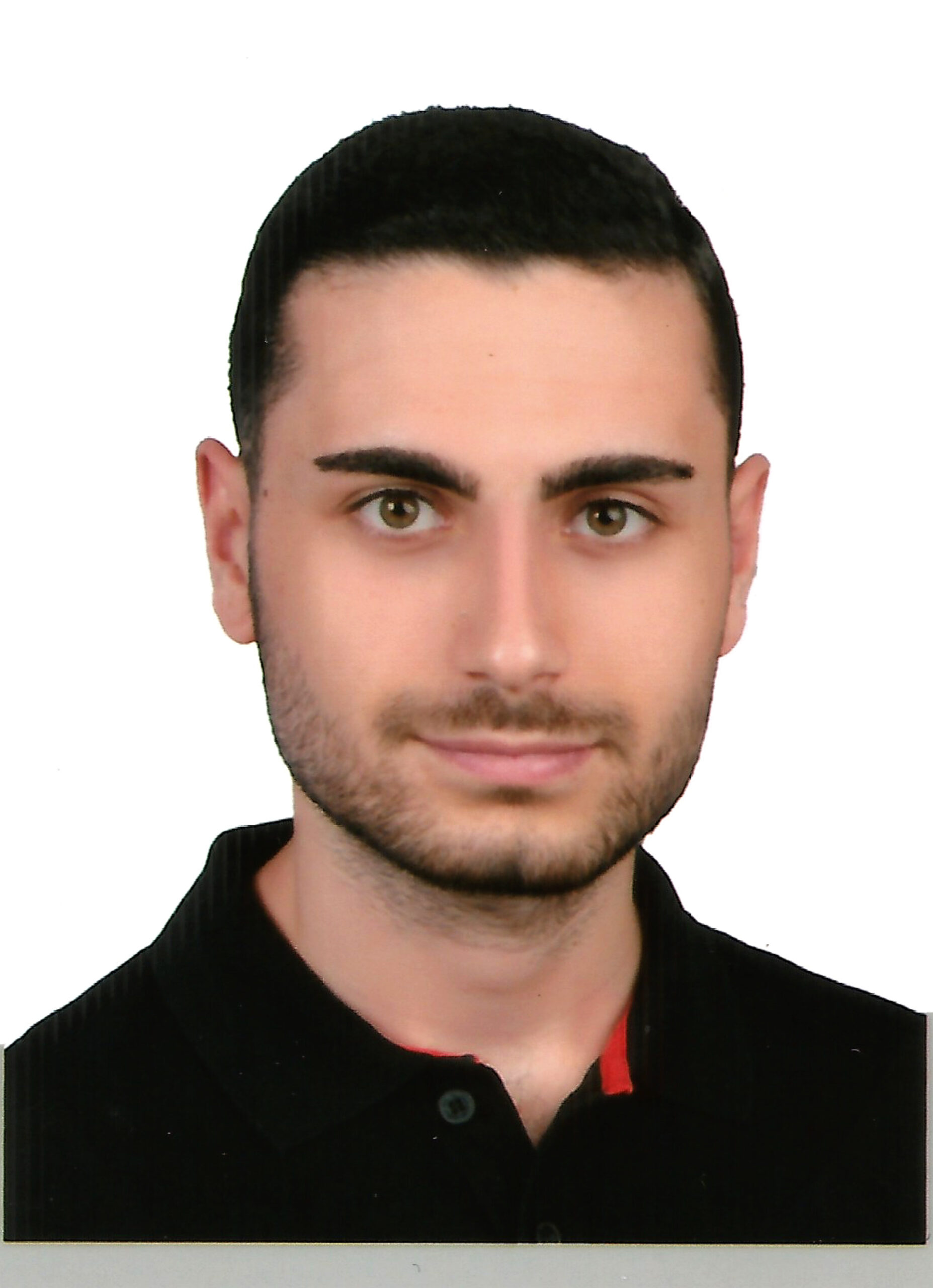Tuesday, October 24
E:2517
15:15 - 16:00
Towards Fluid Energy-Efficient Open Access Networks through Citizen’s Co-Creation
Gilles Callebaut, Postdoctoral Researcher at KU Leuven (Belgium)
Abstract
The seminar introduces the “Cocoon” project, which merges citizen participation with cell-free (CF) networks to create adaptable and energy-efficient wireless networks. Current CF networks face challenges due to static planning and deployment complexities. The project’s hypothesis is that involving citizens in network creation can enhance practicality. The seminar emphasizes the concept of citizen-driven network deployment, where the network deployment is adjusted based on real-time channel conditions, optimizing energy use. By addressing research gaps in designing practical CF systems, characterizing unique propagation channels, and involving citizens, the project aims to reshape wireless network paradigms, focusing on inclusiveness, flexibility, and sustainability.
Biography
Gilles received the M.Sc. degree in engineering technology from KU Leuven, Belgium in 2016. In 2021, he obtained a PhD degree in engineering technology from KU Leuven, where he studied single and multi-antenna technologies to reduce the energy expenditure of IoT devices. He is currently a member of dramco, a research group covering a broad range of research topics in wireless, mobile and embedded communication. He initiated the well-received tutorial “Low Power Wireless Technologies for Connecting Embedded Sensors in the IoT: A Journey From Fundamentals to Hands-on.” His main interests are energy reduction techniques in 5G/6G and Internet of Things (IoT) systems.

Wednesday, October 25
E:2517
15:15 - 16:00
Large Intelligent Surfaces – Implementation Challenges
Mikael Henriksson, PhD Student at Linköping University (Sweden)
Abstract
TBC
Biography
Mikael Henriksson received an M.Sc. degree in Applied Physics and Electrical Engineering from Linköping University in 2020 and has since started pursuing a Ph.D. degree with the Division of Computer Engineering at the Department of Electrical Engineering. His research interests include digital signal processing for massive MIMO communication systems and finite word length effects in digital signal processing. He is currently a part of the Large Intelligent Surfaces (LIS) project group founded by the Swedish Foundation for Strategic Research (SSF), where he implements a thousand-antenna distributed MIMO system.
Webpage: https://liu.se/en/employee/mikhe33

Thursday, October 26
E:2517
15:15 - 16:00
RF Impairments in 6G systems: Overview of the Practical Challenges, Performance Limitations, and New Opportunities for Reduction and Compensation
Nuutti Tervo, Postdoctoral Researcher at the University of Oulu (Finland)
Abstract
Extremely high data rate targets, very wide signal bandwidths, and utilization of center frequencies reaching the THz region make understanding the nonideal RF transceivers even more important than before. In addition, utilization of over-the-air combining in terms of beamforming and MIMO requires understanding how the impairments combine from the transmitter to the receiver in a radio channel. What could limit the highest achievable data rates and spectral efficiencies? How and what can be compensated? The presentation gives an overview of how different RF impairments limit the 6G system performance and discusses how they can be understood and compensated in future systems.
Biography
Nuutti Tervo (Member, IEEE) received the B.Sc. (Tech.), M.Sc. (Tech.), and D.Sc. (Tech.) degrees from the University of Oulu, Oulu, Finland, in 2014 and 2022, all with distinctions. His doctoral dissertation research focused on nonlinearity and linearization of millimeter-wave beamforming transceivers. Since 2022 he has been working as postdoctoral researcher at the Centre for Wireless Communications – Radio Technologies (CWC-RT) research unit in the University of Oulu.
He has a strong background in different fields of wireless communications, including radio frequency (RF), radio channel modeling, signal processing, and system-level analysis. Around those topics, he has already authored or coauthored more than 60 international journal and conference papers and he holds patents. In 2019, he was a recipient of the Young Scientist Award of the URSI XXXV Finnish Convention on Radio Science, Tampere, and in 2020, he co-authored the paper that won the 50th EuMC Microwave Prize 2020, Utrecht, Netherlands.

Friday, October 27
E:2517
15:15 - 16:00
Private Federated Learning with Local Training
Nicola Bastianello, Postdoctoral Researcher at KTH (Sweden)
Abstract
Federated learning (FL) is proving to be a successful framework for enabling multiple devices to cooperatively train models, without the need to exchange raw data. In this talk, I will give a brief overview of FL, focusing especially on the challenges that arise in practice when deploying federated algorithms. Among these challenges is the need to preserve the privacy of each device’s data, which motivates our proposal of a novel FL algorithm. I will discuss this algorithm and how it employs local training (at the device level) to enhance privacy, providing theoretical guarantees. I will conclude with promising numerical results and an overview of future research directions.
Biography
Nicola Bastianello is a post-doc at the School of Electrical Engineering and Computer Science, KTH Royal Institute of Technology, Sweden. From 2021 to 2022 he was a post-doc at the Department of Information Engineering (DEI), University of Padova, Italy. He received the Ph.D. in Information Engineering at the University of Padova, Italy in 2021. During the Ph.D. he was a visiting student at the Department of Electrical, Computer, and Energy Engineering (ECEE), University of Colorado Boulder, Colorado, USA. He received the master degree in Automation Engineering (2018) and the bachelor degree in Information Engineering (2015) from the University of Padova, Italy. His research lies at the intersection of optimization and learning, with a focus on multi-agent systems.
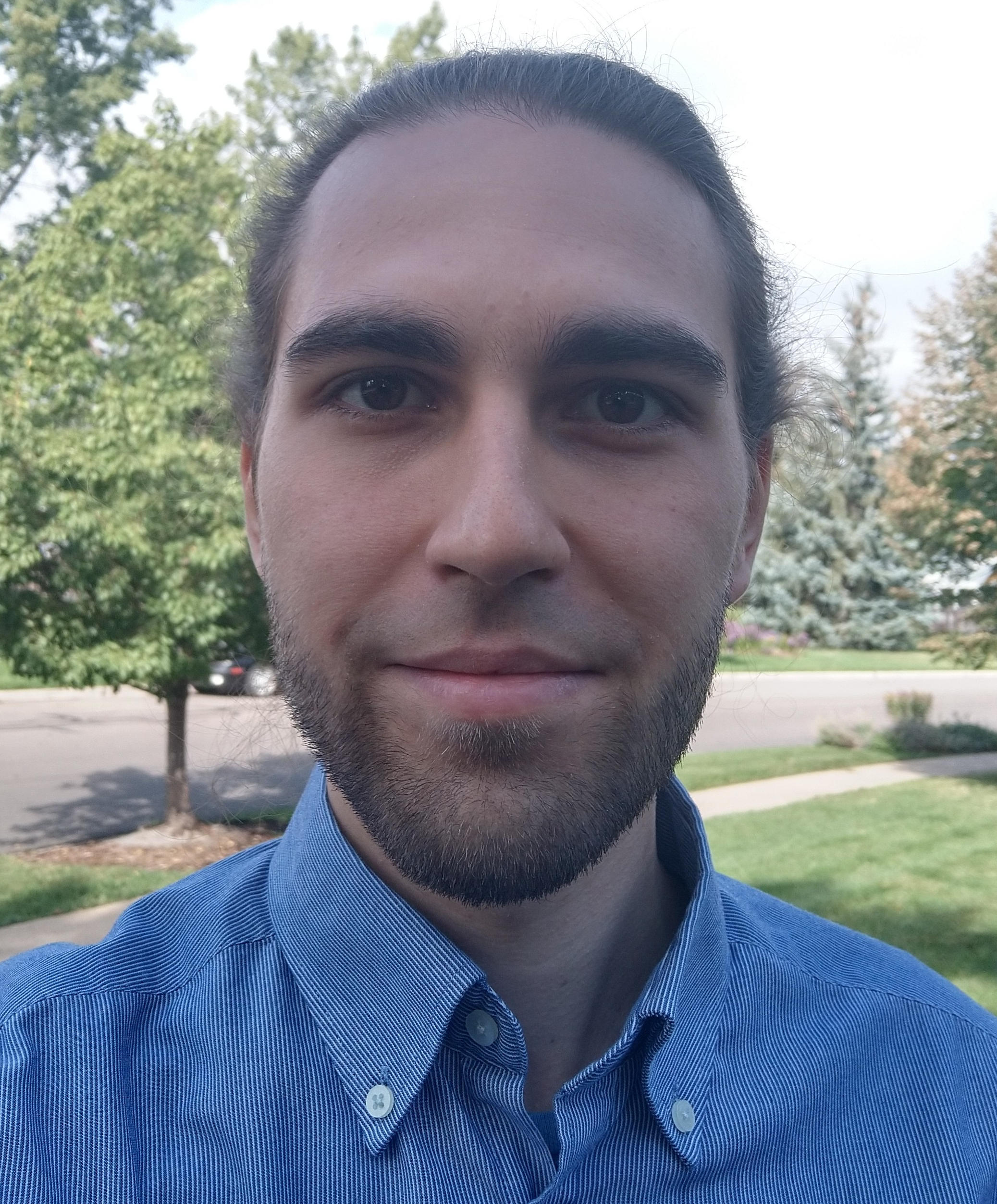
Monday, October 30
E:2517
15:15 - 16:00
Sparse Array Signal Processing
Huiping Huang, Postdoctoral Researcher at Chalmers University of Technology (Sweden)
Abstract
This talk will detail two approaches for direction-of-arrival (DOA) estimation or beamforming in array signal processing from the perspective of sparsity. In the first part of this talk, we consider an array model in which a small number of sensors are distorted by unknown sensor gain and phase uncertainties. With such an array model, the problem of joint DOA estimation and distorted sensor detection is formulated under the framework of low-rank and row-sparse decomposition. We derive an iteratively reweighted least squares algorithm to solve the resulting problem. In the second part of this talk, we consider the sparse array beamformer design problem and devise an algorithm for adaptive beamforming. Our strategy is based on finding a sparse beamformer weight to maximize the output signal-to-interference-plus-noise ratio. The proposed method utilizes alternating direction method of multipliers (ADMM), and admits closed-form solutions at each ADMM iteration.
Biography
Currently, Dr. Huiping Huang is a postdoctoral researcher of the Communication Systems Group at Chalmers University of Technology, Gothenburg, Sweden. Prior to that, he received the Ph.D. degree from Darmstadt University of Technology, Darmstadt, Germany, in 2023. He received the B.Eng. and M.Sc. degrees from Shenzhen University, Shenzhen, China, in 2015 and 2018, respectively, all in Electrical and Electronic Engineering.
His research interests lie in wireless communications and signal processing, with main focuses on direction-of-arrival estimation, robust adaptive beamforming, sparse array design, compressed sensing, and optimization theory with applications to radar, sonar, navigation, microphone array processing, etc.
He is serving as a technical reviewer for several peer-reviewed journals and conferences, including but not limited to IEEE TSP, IEEE TAES, IEEE SPL, IEEE WCL, Signal Processing (Elsevier), Digital Signal Processing (Elsevier), IET Signal Processing, IET Communications, Multidimensional Systems and Signal Processing (Springer), IEEE ICASSP 2023/2022/2021, IEEE SAM 2022/2020, IEEE ICC 2023, and IEEE JC&S 2023.
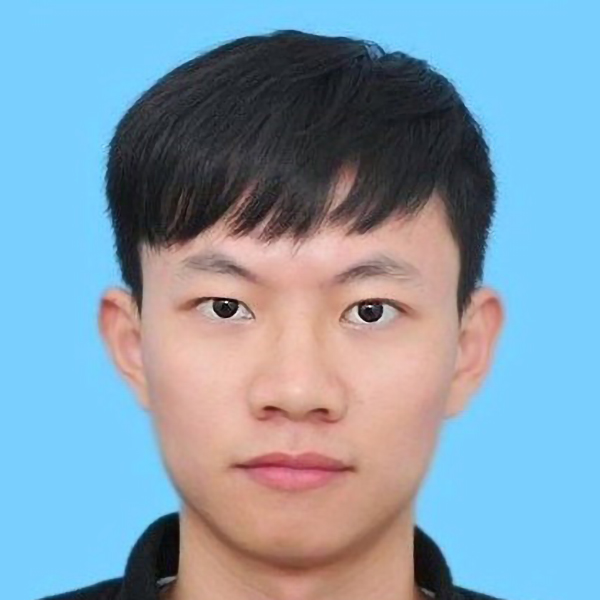
Tuesday, October 31
E:2517
15:15 - 16:00
Non-linear Reflective Intelligent Surfaces and their potential applications in wireless communications
Robin Jess Williams, PhD Student at Aalborg University (Denmark)
Abstract
The reflective intelligent surface (RIS) that is commonly considered has linear properties and does not change the frequency of the impinging signal. This is different for the emerging RIS designs, capable of doing non-linear operations on the reflected signal. We detail these non-linear operations and show how they can significantly reduce the overhead for channel estimation and localization. We treat communication and sensing for cyclic-prefixed orthogonal frequency-division multiplexing (OFDM)-based system. Introducing controllable artificial Doppler-shifts through non-linear RISs enables identification of the propagation path by the frequency shift. In this way, both the direct path andmultiple RIS-assisted paths can be estimated by transmission of a single OFDM-symbol. Thus, with only a minimal penalty in terms of channel estimation accuracy, this scheme achieves performance that for linear RISs would require coding across multiple OFDM-symbols. This paper considers the linear minimum mean squared error (LMMSE) channel estimator and presents four different methods to choose the pilot sequence and the frequency-shifts, in order to minimize the mean squared error (MSE) of the channel estimation.
Biography
Robin Jess Williams received the M.Sc. degree in wireless communication from Aalborg University in 2019, where he is currently pursuing a Ph.D. degree.
His current research interests include massive MIMO, extremely large aperture arrays, and reflective intelligent surfaces
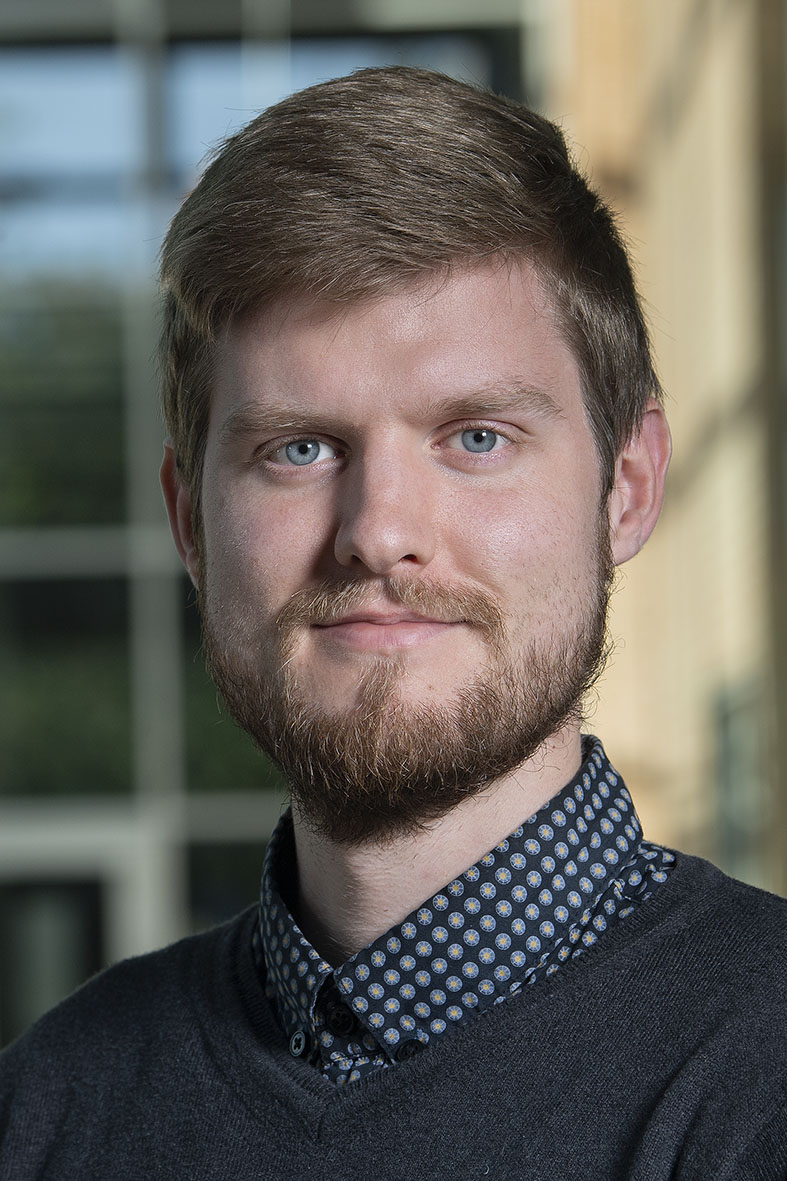
Wednesday, November 1
E:2517
15:15 - 16:00
On 6G Challenges: Robust OTFS for ISAC and Phase Noise Compensation with Machine Learning in mmW for OFDM
Lianet Méndez-Monsanto, PhD Student at Universidad Carlos III de Madrid (Spain)
Abstract
The upcoming 6G technologies promise to bring transformative advances in telecommunications, but to fully exploit their potential, it is crucial to address critical research challenges. In this seminar, we address two important aspects that are redefining the landscape of next-generation wireless networks. In the first part, we address the well-known Integrated Sensing and Communications (ISAC), which promises to open up new opportunities for a variety of innovative applications, but also presents technical and signal processing challenges that need to be overcome. In this context, we present our proposed channel estimation and sensing technique for ISAC using orthogonal time-frequency space (OTFS), which provides robustness compared to current state-of-the-art solutions. Secondly, we address the critical challenge associated with the use of higher frequencies in wireless networks, which leads to increased vulnerabilities such as phase noise in orthogonal frequency division multiplexing (OFDM). In the second part of the seminar, we present a machine-learning based phase noise mitigation technique in OFDM that aims to reduce the pilot signals and consequently increase the data rate. Both works are intended to help solve some of the problems of current 6G research and, as far as possible, to guide the design path of these future networks.
Biography
She received her Telecommunications Engineering degree from the Universidad Carlos III de Madrid, Spain in July 2021. She completes her double master’s degree in Telecommunications and Advanced Communications Technologies in July 2023, and is about to start her Ph.D. studies at the same university. She has great interest in 5G, phase noise, machine learning for the physical layer, communications in the delay-Doppler domain (OTFS) and ISAC. She is involved in international and national (Spain) research projects. She received a student grant from WICE for IEEE Globecom 2022, where she published her work on phase noise correction in 5G using machine learning. She actively participates in IEEE activities and engineering dissemination activities: winner of the IEEE ComSoc Pre-University STEM Hands-On Activity Contest in 2022.
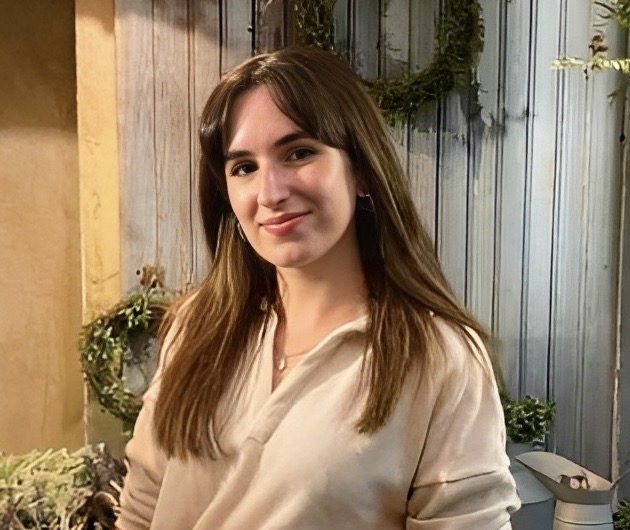
Thursday, November 2
E:2517
15:15 - 16:00
Energy-aware end-to-end network resource allocation for cell-free massive MIMO
Özlem Tugfe Demir, Assistant Professor at TOBB ETU (Republic of Türkiye)
Abstract
In the context of making cell-free massive MIMO technology more energy-efficient in practical wireless networks, it is crucial to consider the total energy use from the radio equipment to the cloud. With the growing use of cloud and virtualization in open radio access networks (O-RAN), it’s clear that building a future-proof cell-free system on the O-RAN framework is important. This seminar investigates how well cell-free massive MIMO technology performs in a virtualized O-RAN setup and compares it to traditional small-cell systems. We evaluate two distinct functional split options and several resource orchestration methods. Within the framework of end-to-end orchestration, our goal is to minimize overall power consumption by collectively allocating resources for radio, optical fronthaul, and virtualized cloud processing. We compare this end-to-end orchestration approach with two other schemes: i) “radio-only,” where radio resources are optimized independently from the cloud, and ii) “local cloud coordination,” which restricts orchestration to a local cluster of radio units. We develop multiple algorithms to address the challenges of minimizing end-to-end power consumption and maximizing total spectral efficiency. Numerical findings reveal that end-to-end resource allocation, particularly with fully virtualized fronthaul and cloud resources, yields significantly greater power savings compared to other resource orchestration schemes.
Biography
Özlem Tuğfe Demir received her B.S., M.S., and Ph.D. degrees in Electrical and Electronics Engineering from Middle East Technical University, Ankara, Turkey, in 2012, 2014, and 2018, respectively. She was a Postdoctoral Researcher with Linköping University, Sweden in 2019-2020 and with KTH Royal Institute of Technology, Sweden in 2021-2022. She is currently an assistant professor with the Electrical-Electronics Engineering Department at the TOBB University of Economics and Technology. She has authored the textbook Foundations of User-Centric Cell-Free Massive MIMO (2021). Her research interests focus on signal processing and optimization in wireless communications, massive MIMO, cell-free massive MIMO, beyond 5G multiple antenna technologies, reconfigurable intelligent surfaces, machine learning for communications, mobile data analysis, and green mobile networks. She is a recipient of the IEEE SIU 2015 Conference Student Best Paper Award, the Best Thesis Award for M.S. Program, and Graduate Courses Performance Award at the Middle East Technical University.
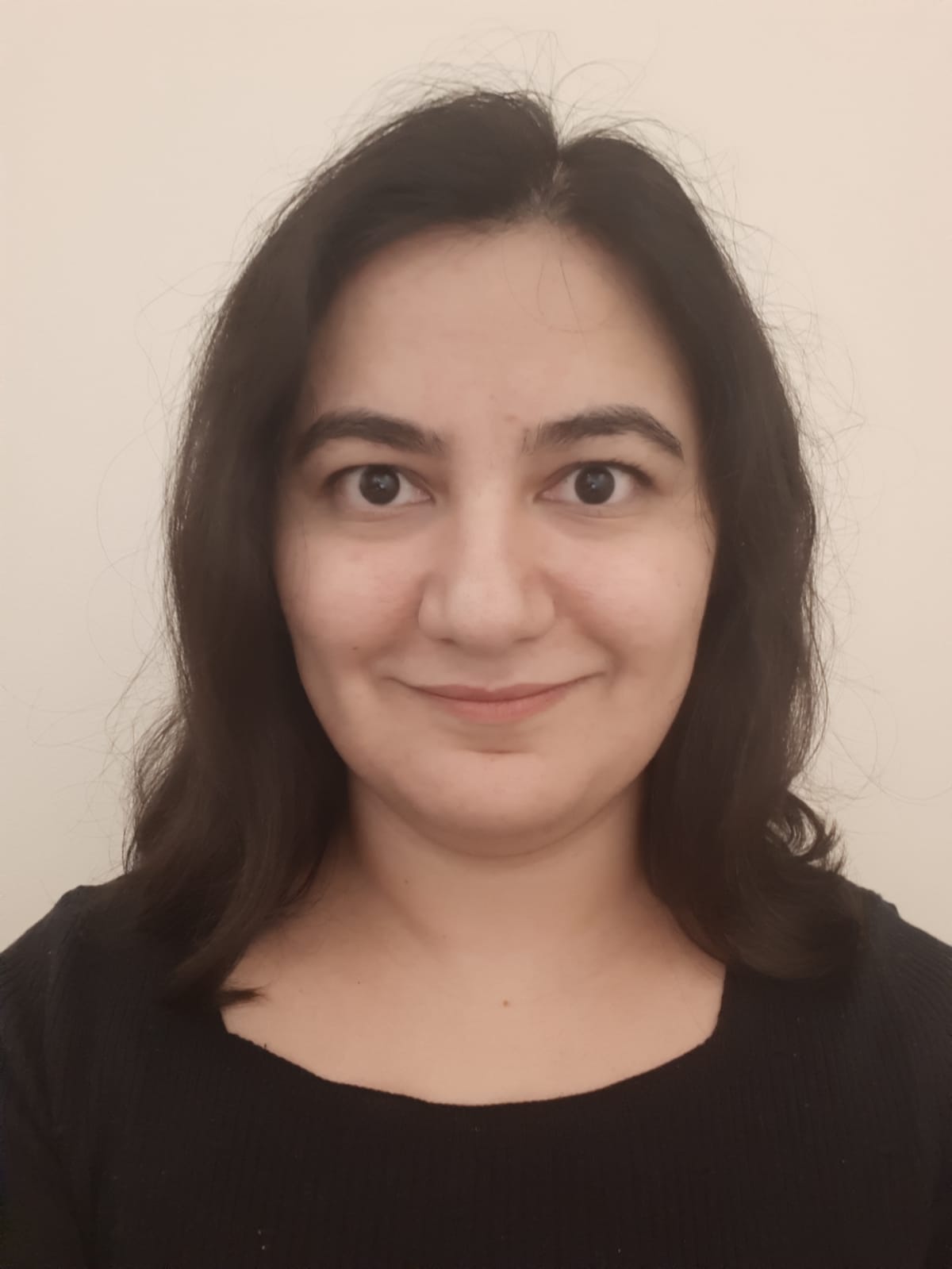
Friday, November 3
E:2517
10:15 - 11:00
Integration of UAS in the comercial airspace aided by mobile technology
Neusa M. F. Oliveira, Associate Professor at Technological Institute of Aeronautics, ITA (Brazil)
Abstract
TBC
Biography
Neusa M. F. Oliveira received the B.S. degree in Electrical Eng. from Federal University of Pernambuco (UFPE), Brazil, in 1994. She received the M.Sc. and the Ph.D. degrees in control systems from Technological Institute of Aeronautics (ITA), Brazil in 1997 and 2004 respectively. She is an associate professor in the applied electronics department at ITA. She is the coordinator of the Integration NAVigation (IntNAV) laboratory, which has infrastructure to develop projects to improve dynamic positioning using data fusion of GNSS and inertial sensors, among other projects. Her research interests include autopilots for autonomous vehicles, sensor fusion, and embedded systems.
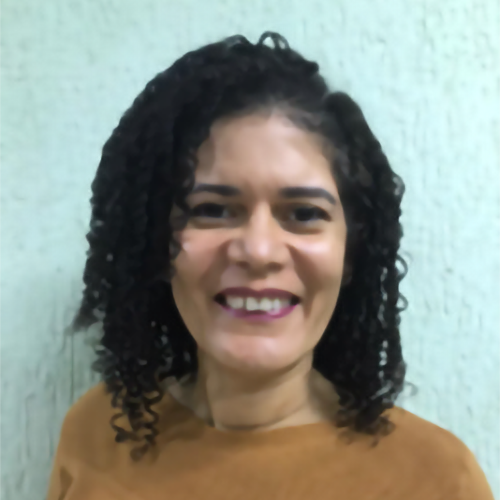
Monday, November 6
E:2517
15:15 - 16:00
Active Sensing for Reciprocal MIMO Channels
Tao Jiang, PhD Student at the University of Toronto (Canada)
Abstract
TBC
Biography
Tao Jiang received the B.E. degree in telecommunications engineering from Xidian University, Xi’an, China, in 2017, and the M.E. degree in computer science from ShanghaiTech University, Shanghai, China, in 2020. He is currently pursuing the Ph.D. degree at the University of Toronto, Toronto, ON, Canada. His main research interests include optimization theory, machine learning, and wireless communications.
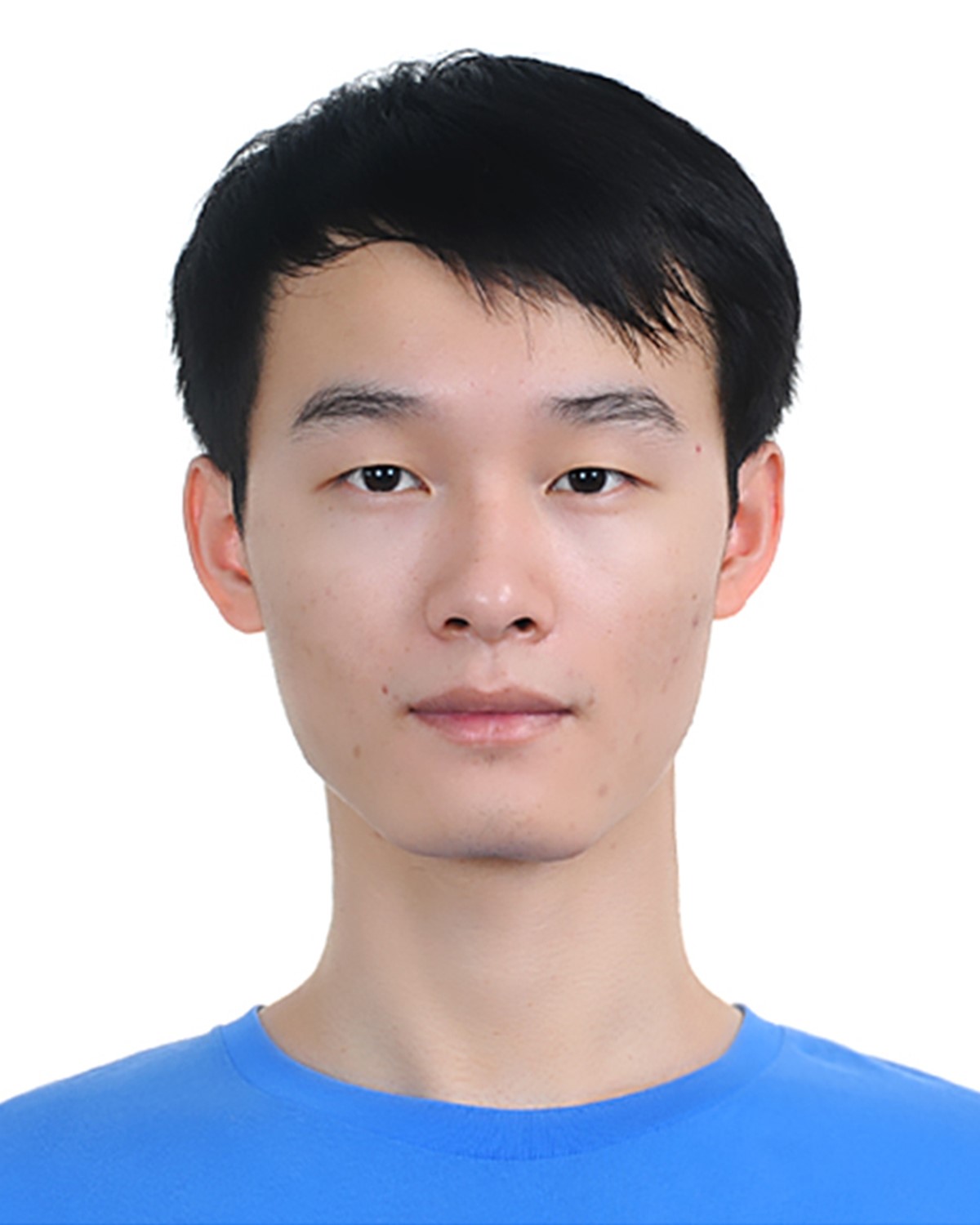
Monday, November 13
E:2517
15:15 - 16:00
Distributed learning in heterogeneous wireless networks
Xiaolan Liu, Assistant Professor at Loughborough University (UK)
Abstract
Distributed learning techniques can efficiently support training machine learning models by exploiting the distributed computational resources. In this talk, distributed learning in wireless networks will be discussed, with focus on the most recent distributed learning approaches. Considering the diversity of wireless users in terms of different communication, computational and data resources, implementing distributed learning techniques in wireless networks is challenging. This talk starts from a comprehensive overview of the state-of-art distributed learning architectures in wireless communications. Then recent work on designing new hybrid distributed learning architectures and user scheduling schemes to address the challenges of diverse users in wireless networks is introduced. Moreover, energy-efficient user scheduling to improve energy and computation efficiency of wireless users will also be discussed.
Biography
Dr. Xiaolan Liu is a lecturer (assistant professor) at the Institute of Digital Technologies at Loughborough University. She is also a visiting research scholar at King’s College London (KCL) and The Hong Kong University of Science and Technology (HKUST). She received her PhD degree in Computer Science from Queen Mary University of London (QMUL) in July 2021. Her current research interests include distributed learning for wireless communications, reinforcement learning in edge computing, and privacy-preserving machine learning. She has published more than 25 Journal and Conference papers in these areas with the H-index of 14. She was a research associate in KCL from August 2020 to July 2021. She is the editor of journal, China Communications. She has served as a TPC Member for IEEE conferences GLOBECOM 2022 and ICC 2022. She served as a TPC co-chair for NGMA workshop in WCNC 2023.
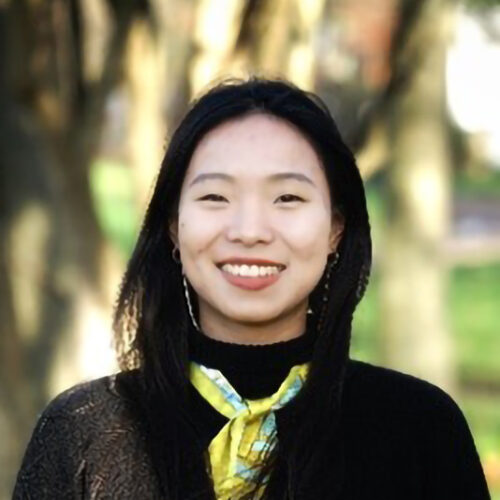
Tuesday, November 14
E:2517
15:15 - 16:00
The Potential of Physically Large Apertures for 6G
Benjamin Deutschman, PhD Student at Graz University of Technology (Austria)
Abstract
The exploration of massive multiple-input multiple-output (MIMO) deployments inherently yields apertures of large electrical size, i.e., large with respect to the wavelength. The benefits of large electrical size in the spatial domain are known to be a high resolution in the angular domain and a large array gain, the latter of which is constrained by regulatory limits. More recently, physically large apertures have attracted considerable research interest, for example in the context of extremely large-scale MIMO systems. They are large with respect to the propagation distances of interest and overcome the regulatory limitations of physically small apertures through range-dependent array gain patterns within the array near-field. Reduced interference and high efficiencies are among their other benefits. A distributed MIMO infrastructure may consist of cooperatively operating apertures that have individual clocks and are not physically large by themselves. However, information about their positions, orientations, and clock parameters can transform a non-coherent distributed MIMO system into a single jointly coherent synthetic aperture that is physically very large. Spatio-temporal synchronization may be a key feature enabling to infer these parameters over-the-air, ultimately unlocking the full potential of distributed MIMO infrastructures. Precise positioning capabilities, and high-resolution imaging and sensing are the consequent benefits.
Biography
Benjamin J. B. Deutschmann received his B.Sc. (2017) and Dipl.-Ing. (2021) degrees in electrical engineering from Graz University of Technology, Graz, Austria. From 2017 until 2021, he investigated wireless power transfer in loosely coupled inductive links and RF impedance measurement systems. He is currently pursuing a Ph.D. degree in signal processing focusing on wireless localization and power transfer with large aperture indoor arrays.

Wednesday, November 15
E:2517
15:15 - 16:00
Channel Charting in Real-World Coordinates
Sueda Taner, PhD student at ETH Zurich (Switzerland)
Abstract
Channel charting is an emerging self-supervised method that maps channel state information (CSI) to a low-dimensional latent space, which represents pseudo-positions of user equipments (UEs). While this latent space preserves local geometry, i.e., nearby UEs are nearby in latent space, the pseudo-positions are in arbitrary coordinates and global geometry is not preserved. In order to enable channel charting in real-world coordinates, we propose a novel bilateration loss for multipoint wireless systems in which only the access point (AP) locations are known–no geometrical models or ground-truth UE position information is required. The idea behind this bilateration loss is to compare the received power at pairs of APs in order to determine whether a UE should be placed closer to one AP or the other in latent space. We demonstrate the efficacy of our method using channel vectors from a commercial ray-tracer.
Biography
Sueda Taner is a Ph.D. student in the Department of Electrical Engineering and Information Technology at ETH Zurich, Switzerland. In 2019, she received her B.S. degree in Electrical and Electronics Engineering from Bilkent University, Ankara, Turkey. In 2021, she received her M.S. degree in Electrical and Computer Engineering at Cornell University, Ithaca, NY. She was an intern at Nokia Bell Labs in the 5G/6G Algorithms group in Summer 2021. Her research interests lie in theory and algorithms for mmWave massive MIMO wireless communication systems.
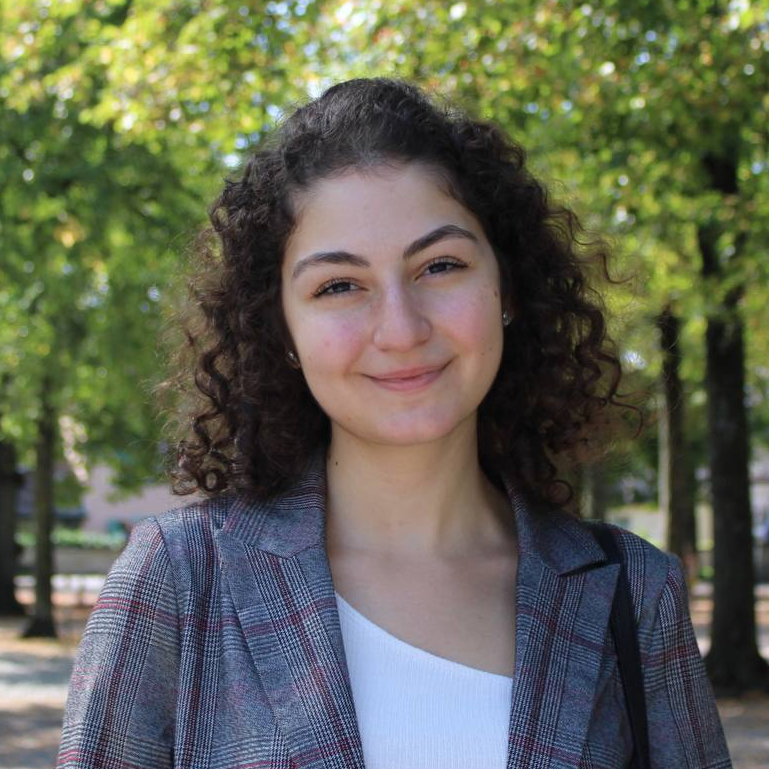
Thursday, November 16
E:2517
15:15 - 16:00
Exploiting the Depth and Angular Domains for Massive Near-Field Spatial Multiplexing
Alva Kosasih, Postdoctoral researcher at KTH (Sweden)
Abstract
We present our vision for how extremely large aperture arrays (ELAAs), equipped with hundreds or thousands of antennas, can play a major role in future 6G networks by enabling a remarkable increase in data rates through spatial multiplexing of a massive number of data streams to both a single user and many simultaneous users. Specifically, with the quantum leap in the array aperture size, the users will be in the so-called radiative near-field region of the array, where previously negligible physical phenomena dominate the propagation conditions and give the channel matrices more favorable properties. This article presents the foundational properties of communication in the radiative near-field region and then exemplifies how these properties enable two unprecedented spatial multiplexing schemes: depth-domain multiplexing of multiple users and angular multiplexing of data streams to a single user. We also highlight research challenges and open problems that require further investigation.
Biography
Alva Kosasih (kosasih@kth.se) is a Postdoctoral researcher at KTH Royal Institute of Technology, Stockholm, Sweden. He holds a Ph.D. in communication engineering from the University of Sydney, Australia (2023). Alva received his B.Eng. and M.Eng. degrees in electrical engineering from Brawijaya University, Indonesia, in 2013 and 2017, respectively, and an M.S. degree in communication engineering from the National Sun Yat-sen University, Taiwan, in 2017. His research interests include signal processing for extra large-scale MIMO, near-field multiplexing and beamforming, MIMO decoding, and machine learning and artificial intelligence for the physical layer.
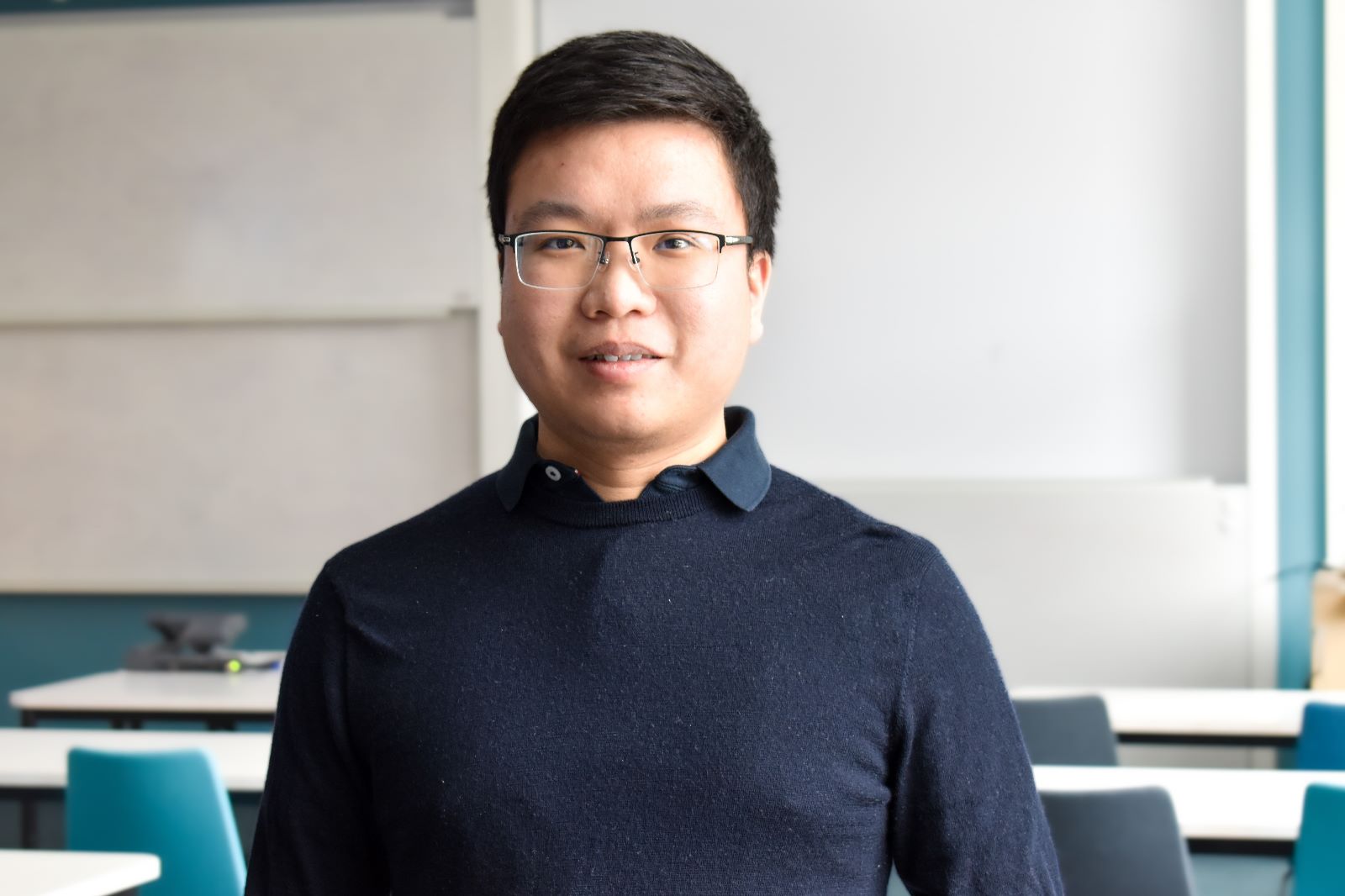
Friday, November 17
E:2517
15:15 - 16:00
RF Impairments in 6G systems: Overview of the Practical Challenges, Performance Limitations, and New Opportunities for Reduction and Compensation
Nuutti Tervo, Postdoctoral Researcher at the University of Oulu (Finland)
Abstract
Extremely high data rate targets, very wide signal bandwidths, and utilization of center frequencies reaching the THz region make understanding the nonideal RF transceivers even more important than before. In addition, utilization of over-the-air combining in terms of beamforming and MIMO requires understanding how the impairments combine from the transmitter to the receiver in a radio channel. What could limit the highest achievable data rates and spectral efficiencies? How and what can be compensated? The presentation gives an overview of how different RF impairments limit the 6G system performance and discusses how they can be understood and compensated in future systems.
Biography
Nuutti Tervo (Member, IEEE) received the B.Sc. (Tech.), M.Sc. (Tech.), and D.Sc. (Tech.) degrees from the University of Oulu, Oulu, Finland, in 2014 and 2022, all with distinctions. His doctoral dissertation research focused on nonlinearity and linearization of millimeter-wave beamforming transceivers. Since 2022 he has been working as postdoctoral researcher at the Centre for Wireless Communications – Radio Technologies (CWC-RT) research unit in the University of Oulu.
He has a strong background in different fields of wireless communications, including radio frequency (RF), radio channel modeling, signal processing, and system-level analysis. Around those topics, he has already authored or coauthored more than 60 international journal and conference papers and he holds patents. In 2019, he was a recipient of the Young Scientist Award of the URSI XXXV Finnish Convention on Radio Science, Tampere, and in 2020, he co-authored the paper that won the 50th EuMC Microwave Prize 2020, Utrecht, Netherlands.

Monday, November 20
E:2517
15:15 - 16:00
DCT-based Wireless Communication and Computing
Marc Martinez, PhD Student at CTTC (Spain)
Abstract
With the integration of communication and computing, it is expected that part of the computing is transferred to the transmitter side. In this paper we address the general problem of Frequency Modulation (FM) for function approximation through a communication channel. We exploit the benefits of the Discrete Cosine Transform (DCT) to approximate the function and design the waveform. In front of other approximation schemes, the DCT uses basis of controlled dynamic, which is a desirable property for a practical implementation. Furthermore, the proposed modulation allows to recover both the measurement and the function in a single transmission. Our experiments show that this scheme outperforms the double side-band (DSB) modulation in terms of mean squared error (MSE). This can also be implemented with an agnostic receiver, in which the function is unknown to the receiver. Finally, the proposed modulation is compatible with some of the existing transmission technologies for sensor networks.
Biography
Marc M. Gost received the Bachelor and Master’s degree in Telecommunication Engineering from the Universitat Politècnica de Catalunya (UPC) in 2019 and 2021, respectively. In 2022 he was granted by the Spanish Government to carry out his PhD studies in the Signal Theory and Communications Department at UPC and he is with the Centre Tecnològic de Telecomunicacions de Catalunya (CTTC). His research is in signal processing for communications, focused on physical layer designs for satellite communications.
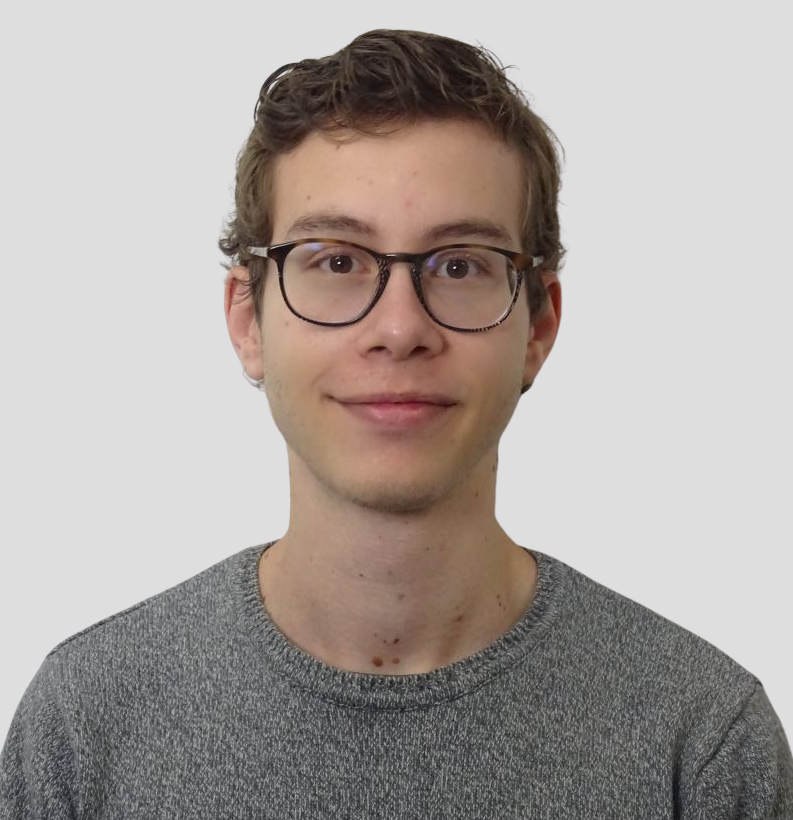
Tuesday, November 21
E:2517
15:15 - 16:00
Towards Fluid Energy-Efficient Open Access Networks through Citizen’s Co-Creation
Gilles Callebaut, Postdoctoral Researcher at KU Leuven (Belgium)
Abstract
The seminar introduces the “Cocoon” project, which merges citizen participation with cell-free (CF) networks to create adaptable and energy-efficient wireless networks. Current CF networks face challenges due to static planning and deployment complexities. The project’s hypothesis is that involving citizens in network creation can enhance practicality. The seminar emphasizes the concept of citizen-driven network deployment, where the network deployment is adjusted based on real-time channel conditions, optimizing energy use. By addressing research gaps in designing practical CF systems, characterizing unique propagation channels, and involving citizens, the project aims to reshape wireless network paradigms, focusing on inclusiveness, flexibility, and sustainability.
Biography
Gilles received the M.Sc. degree in engineering technology from KU Leuven, Belgium in 2016. In 2021, he obtained a PhD degree in engineering technology from KU Leuven, where he studied single and multi-antenna technologies to reduce the energy expenditure of IoT devices. He is currently a member of dramco, a research group covering a broad range of research topics in wireless, mobile and embedded communication. He initiated the well-received tutorial “Low Power Wireless Technologies for Connecting Embedded Sensors in the IoT: A Journey From Fundamentals to Hands-on.” His main interests are energy reduction techniques in 5G/6G and Internet of Things (IoT) systems.

Wednesday, November 22
E:2517
15:15 - 16:00
Even Newer Methods for Multi-Antenna Jammer Mitigation
Gian Marti, PhD Student at ETH Zurich (Switzerland)
Abstract
This talk is a follow-up to Prof. Studer’s talk on “New Methods for Multi-Antenna Jammer Mitigation.” Multi-antenna processing has the potential to render wireless communication systems resilient to jammers. However, unlocking this potential is challenging, especially against smart jammers that adapt their behavior dynamically to evade mitigation. In order to meet this challenge, the first talk has presented Joint Jammer Mitigation and Data Detection (JMD). However, JMD suffers from a number of limitations, including high complexity and robustness against jammers with a large number of antennas or very short duty-cycle. We address these issues by presenting MASH (short for MitigAtion via Subspace Hiding): Based on a shared secret between the transmitter and receiver, the receiver embeds (with a linear time-domain transform) its signal in a secret subspace of a higher-dimensional space. The receiver applies a reciprocal linear transform to the receive signal, which (i) raises the legitimate transmit signal from its secret subspace and (ii) provably transforms any jammer into a barrage jammer, which makes estimation and mitigation via multi-antenna processing straightforward.
Biography
Gian Marti received the B.Sc. and M.Sc. (with distinction) degrees in electrical engineering from ETH Zurich in 2017 and 2019, respectively, where he is currently pursuing the Ph.D. degree with the Integrated Information Processing Group. From 2019 to 2021, he was with the Signal and Information Processing Laboratory, ETH Zurich. His research interests are in wireless communications, signal processing, and information theory. In 2017, he was awarded a Scholarship under ETH Zurich’s Excellence Scholarship & Opportunity Programme, and he received an ETH medal for his M.Sc. thesis in 2020.
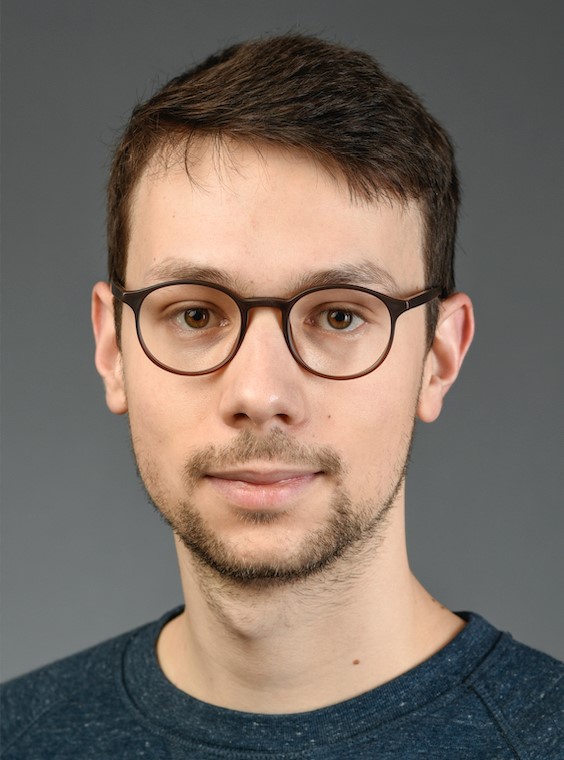
Thursday, November 23
E:2517
15:15 - 16:00
Direct Link Interference Suppression for Bistatic Backscatter Communication in Distributed MIMO
Research and Teaching Assistant, Linköping University (Sweden)
Abstract
Backscatter communication (BC) is a promising technique for future Internet-of-Things (IoT) owing to its low complexity, low cost, and potential for energy-efficient operation in sensor networks. There are several network infrastructure setups that can be used for BC with IoT nodes. One of them is the bistatic setup where typically there is a need for high dynamic range and high-resolution analog-to-digital converters at the reader. We investigate a bistatic BC setup with multiple antennas. We propose a novel transmission scheme, which includes a protocol for channel estimation at the carrier emitter (CE) as well as a transmit beamformer construction that suppresses the direct link interference between the two ends of a bistatic link (namely CE and reader), and increases the detection performance of the backscatter device (BD) symbol. Further, we derive a generalized log-likelihood ratio test (GLRT) to detect the symbol/presence of the BD. We also provide an iterative algorithm to estimate the unknown parameters in the GLRT. Finally, simulation results show that the required dynamic range of the system is significantly decreased, and the detection performance of the BD symbol is increased, by the proposed algorithm compared to a system not using beamforming at the CE.
Biography
Ahmet Kaplan was born in Istanbul, Turkey, in 1994. He received the B.Sc. and M.Sc. degrees (Hons.), in electronics and communication engineering, from the Istanbul Technical University, Istanbul, Turkey, in 2017 and 2020, respectively. From 2017 to 2019, he was a 5G Research Engineer with Turkcell, Istanbul, Turkey. He is currently a Research and Teaching Assistant with the Linköping University. His research interests include MIMO, backscatter communication, and low-density parity-check coding
